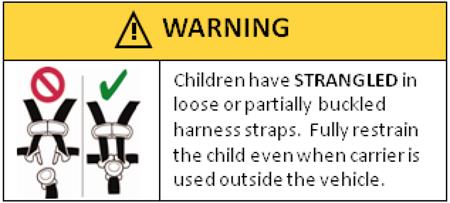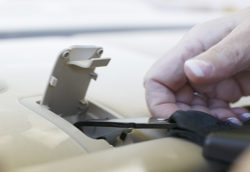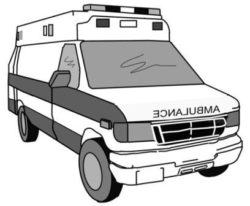Did you know that NHTSA is not the only government agency that oversees CRs? That’s because RF-only CRs with handles are also considered carriers. To enhance the safety of carriers, a new Consumer Products Safety Commission (CPSC) standard goes into effect on June 6, 2014. It applies to RF-only CRs as well as any other rigid- or semi-rigid-sided, hand-held carrier (i.e.: portable cradles and Moses baskets). Watch for this new label to appear soon on the padding around the head area of all RF CRs. It can be used to introduce caregivers to the topic of appropriate use of CRs, both in and out of the vehicle.
Read More from “New Requirements for RF-Only CRs, Other Hand-Held Carriers”




